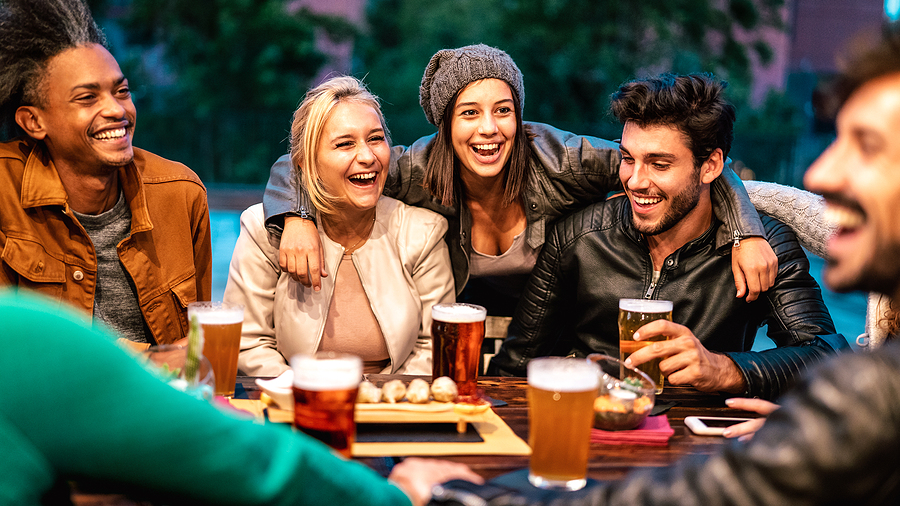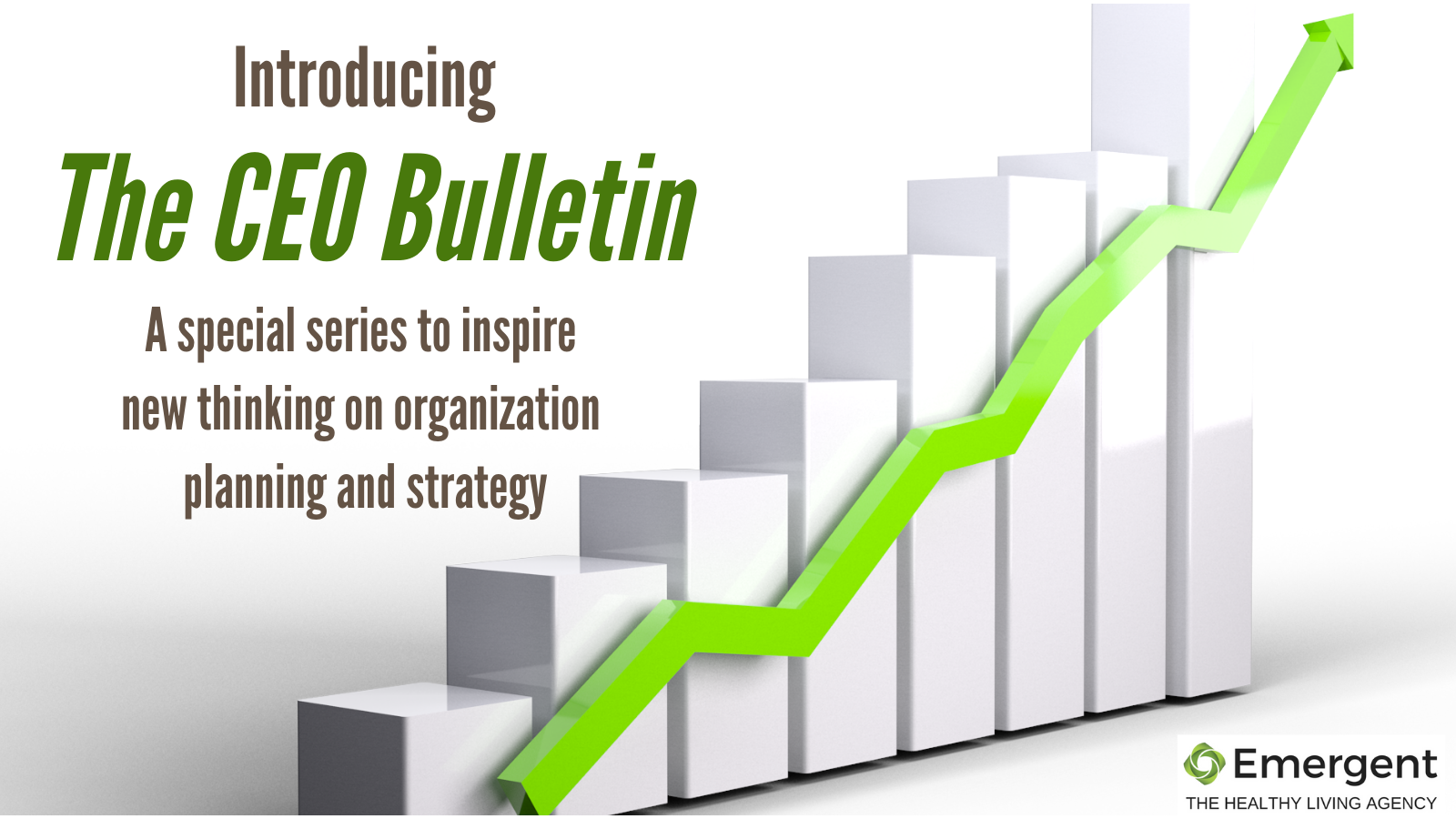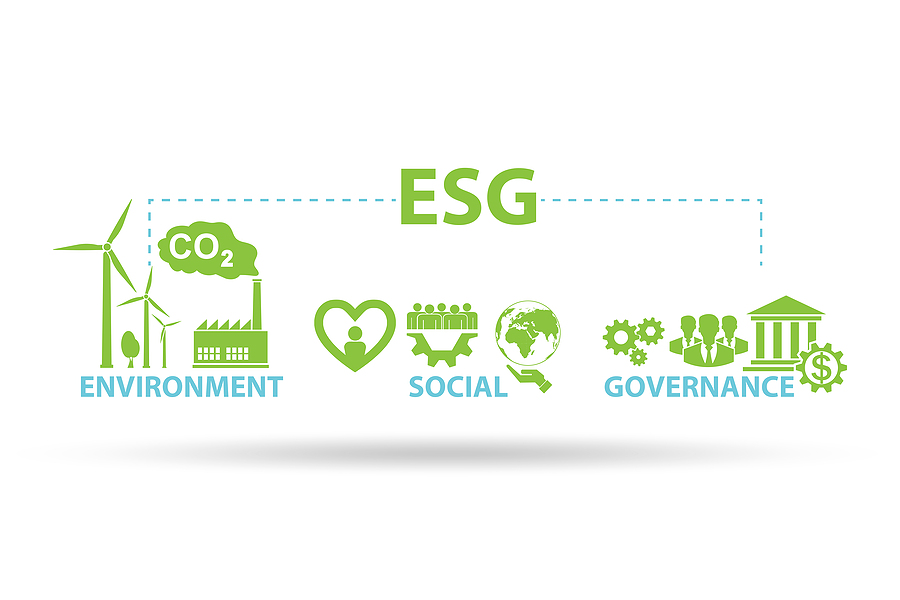
Building a More Human Brand
October 19th, 2021 Posted by Emergent Brand Activism, brand advocacy, brand marketing, brand messaging, brand strategy, Differentiation, Emotional relevance, engagement, Growth, Higher Purpose, Human behavior, Insight, Marketing Strategy, Navigation, storytelling, Strategic Planning, Transformation 0 comments on “Building a More Human Brand”Time to banish the old marketing playbook
Remember the good old days of command and control, interruption-style marketing and business development strategies? Consumers were viewed as “targets” to be persuaded through repetition and subtle manipulation of their emotions or pocketbook sensibilities.
Vestiges of this way of thinking remain handcuffed to far too many brands that continue pushing feature, benefit and price messages at consumers in both digital and analog channels. Thus, why engagement is increasingly hard to secure. Consumers have become serial avoiders of self-promotional brand outreach as a result. No one likes to be “sold.”
It’s time to stop, reconsider and move on to build more human-centric brands.
Think for a minute about the people you care about in your life. Your family, friends and colleagues. Those closest to you enjoy a special position of value and affection. You’re concerned about their welfare and wellbeing. You make time for them, cherish them and invest in their progress. In short, you care. You express love in words and deeds. You listen. You help. You support and respect them. Moreover, you don’t see those relationships as merely transactional.
Now think about your business behaviors and how customers are viewed and treated. Is it the same? You say well, we’re in business to sell our products. To be sure, but maybe the goal of share and volume glory follows a different path now. One that is built on a model of reciprocity that looks more and more like the valued relationships we have in real life.
Not ‘data points’, they’re human beings
What are the five things your customers want from you?
- Inspiration
- Advice
- Guidance
- Education
- Entertainment
We have moved from a product focus to content. Are you optimizing the brand communications arsenal for help over hype? Here are three observations that should be considered in developing human-led brand communication.
Utility over cleverness
This may be the toughest consideration of all when viewed through the lens of ad creative traditions. It has been the province of creatives in the agency game to be focused on translating a key product selling proposition into the artful headline or theme. The theory: engagement is achieved through artistic wordsmithing. An artful turn of phrase or catchy tagline is prized as an achievement on the road to being “intrusive” and therefore noticed in the vast sea of message overload.
Times have changed and while great copy is going to be a key driver of engagement, the character and content of the communication is better served through its usefulness rather than pure cleverness alone. Attention is hard to secure. The path to gaining consumer participation is better aided by providing relevant value. That means the message moves closer to serving the consumer’s role as hero of the brand story, in a narrative that is helpful and educational more than self-promotional. It’s about them not us.
Someone is better than everyone
The definition of sound strategy is making tough choices. When the intent is to be all things to all people, the outcome is mattering to no one. It is better to focus on someone rather than everyone. To do that requires sacrifice. It means you select an audience cohort closest to the center of your most ardent user base. Then zero in on what they want and care about. Prune the rest.
In our own experience this played out to great effect when former client Sargento cheese agreed to focus on a consumer segment called The Food Adventurer. This audience of cheese lovers and heavy users care deeply about the quality of ingredients they use. They love to cook, pay attention to culinary media. They are routinely engaged on topics and content that help advance their skills in the kitchen and culinary creativity. By focusing here, Sargento created an opportunity to matter to an engaged audience of food fans, rather than speaking to everyone (usually defined as moms with kids) across the expanse of the commodity cheese marketplace.
Make a choice, narrow the focus to those who care and are therefore listening.
Inspirational beats transactional
There is a great temptation to assume if you aren’t hitting hard on the product features and benefits, then you’re not selling effectively. But the world has changed. Gaining attention isn’t a math problem of calculating media channels to frequency of message distribution. If the relationship economy is respected, then you understand that winning permission for a conversation depends on following a different set of rules.
- Your brand voice is built around empathy and care for the passions, interests and concerns of your best customers. You understand that the role of the brand in this relationship is one of guide and coach. Your goal to help them overcome the barriers to their success and fulfillment.
Your brand becomes a source of encouragement and education. Sargento helps the home cook deliver on their passion for creativity in the kitchen. Boom – now we’re talking. Literally. Now we’re actually communicating rather than monologuing. The brand stops barking at people and begins to engage in their community and lifestyle in a useful, valuable way.
When you speak to those in your orbit that you care about, are you selling to them? Pushing self-serving messages at them? No instead you are genuinely listening and helping.
The enlightened brand building of our era begins with injecting humanity into the marketing plan by making consumers the center of it and deciding to earn a relationship based on valuable-ness.
The last word: “Every brand is now a B-corp” – Ana Andjelic, The Sociology of Business
We are in the midst of another evolutionary shift. Consumers care deeply about your values, mission and actions to address social issues like climate impact and sustainability. They care about the impact their buying decision has on the world around them. They have connected the dots between their purchases and a consequence. They want to identify and act on more sustainable choices.
You can help them do that. But be aware that substance and authenticity matter here. Your own sustainability readiness house needs to be in order before invoking solidarity with consumers on these concerns. Sustainability can’t be a message construct floating independently from policies and standards that address the company’s carbon footprint and impact on the environment. There should be clearly expressed targets and actions steps to mitigate those challenges.
Embracing sustainability is yet another way to put the brand “in league” with consumers on a culture imperative issue they care about and expect brands to be part of the solution.
All of this coalesces around one key point: when brands understand that customer relationships these days operate a lot like the kind we have with people we care about, then you understand how the brand should behave and engage in that setting. More empathy, guidance and coaching than promoting. It’s time for the more human brand.
If this guidance strikes a chord as you look towards strategic planning in the year ahead, then let’s start an informal conversation about your concerns and needs. Use this link and let’s talk.
Looking for more food for thought? Subscribe to the Emerging Trends Report.
Bob Wheatley is the CEO of Chicago-based Emergent, The Healthy Living Agency. Traditional brand marketing often sidesteps more human qualities that can help consumers form an emotional bond. Yet brands yearn for authentic engagement, trust and a lasting relationship with their customers. Emergent helps brands erase ineffective self-promotion and replace it with clarity, honesty and deeper meaning in their customer relationships and communication. For more information, contact [email protected] and follow on Twitter @BobWheatley.




